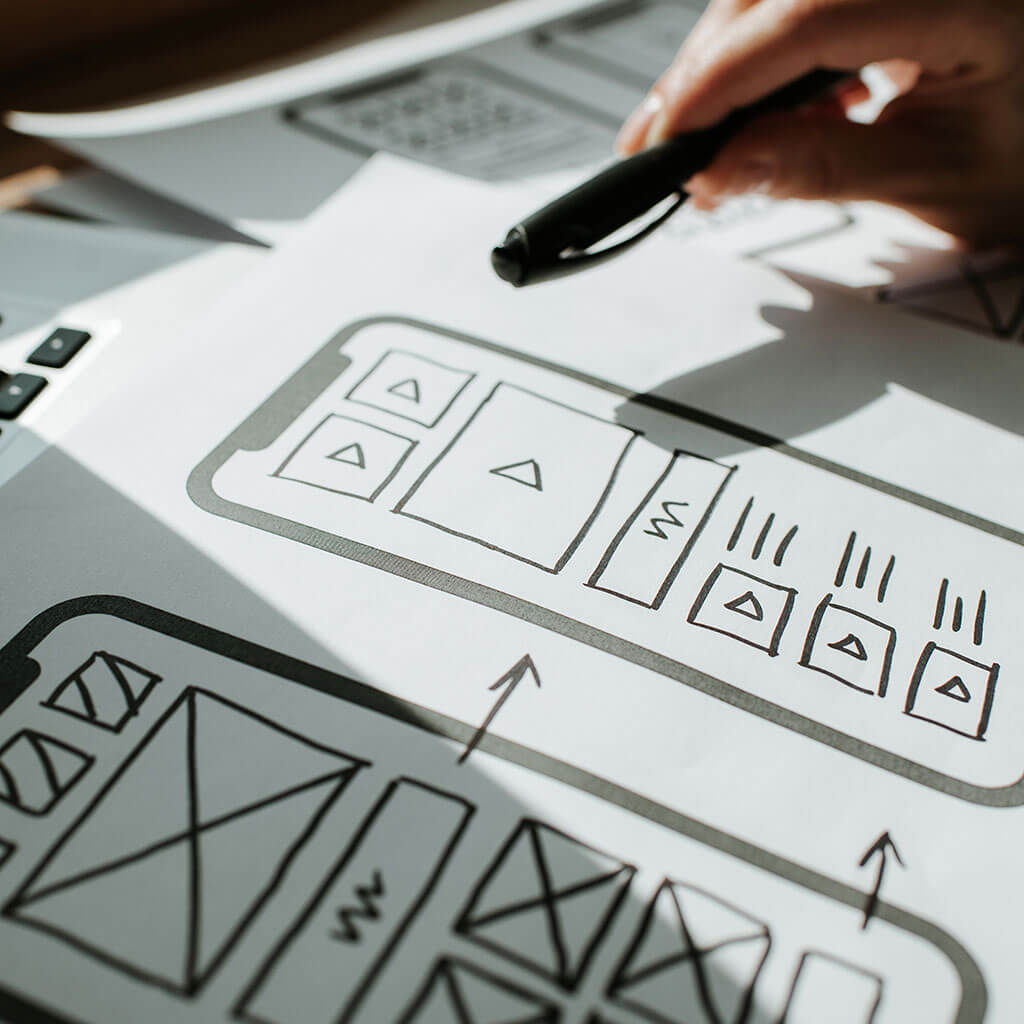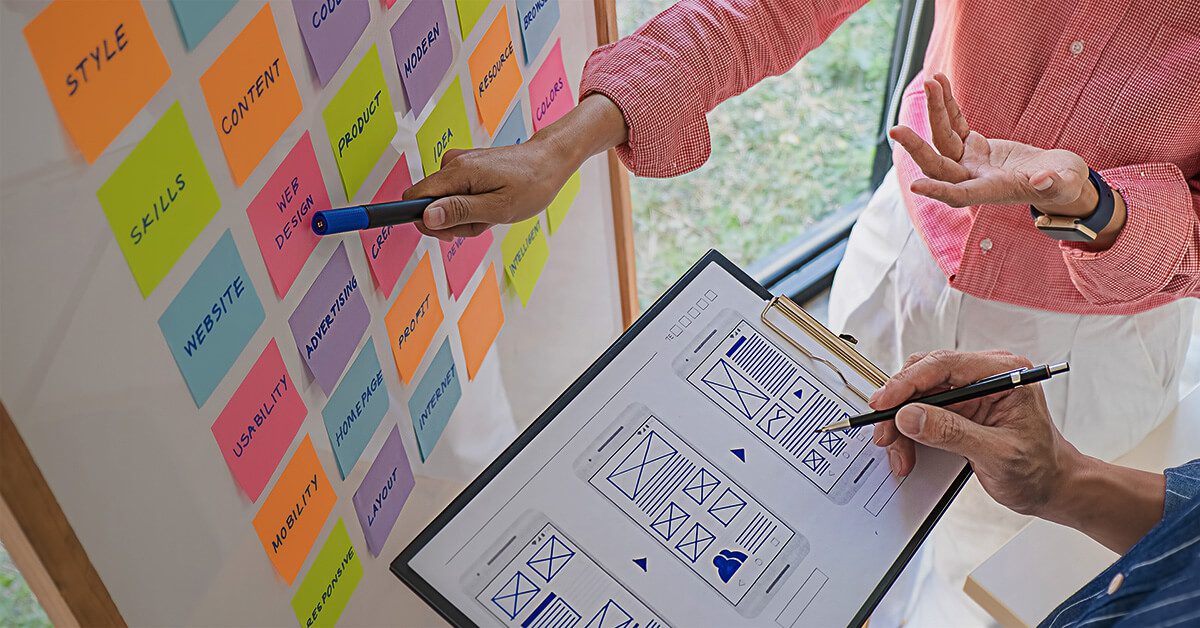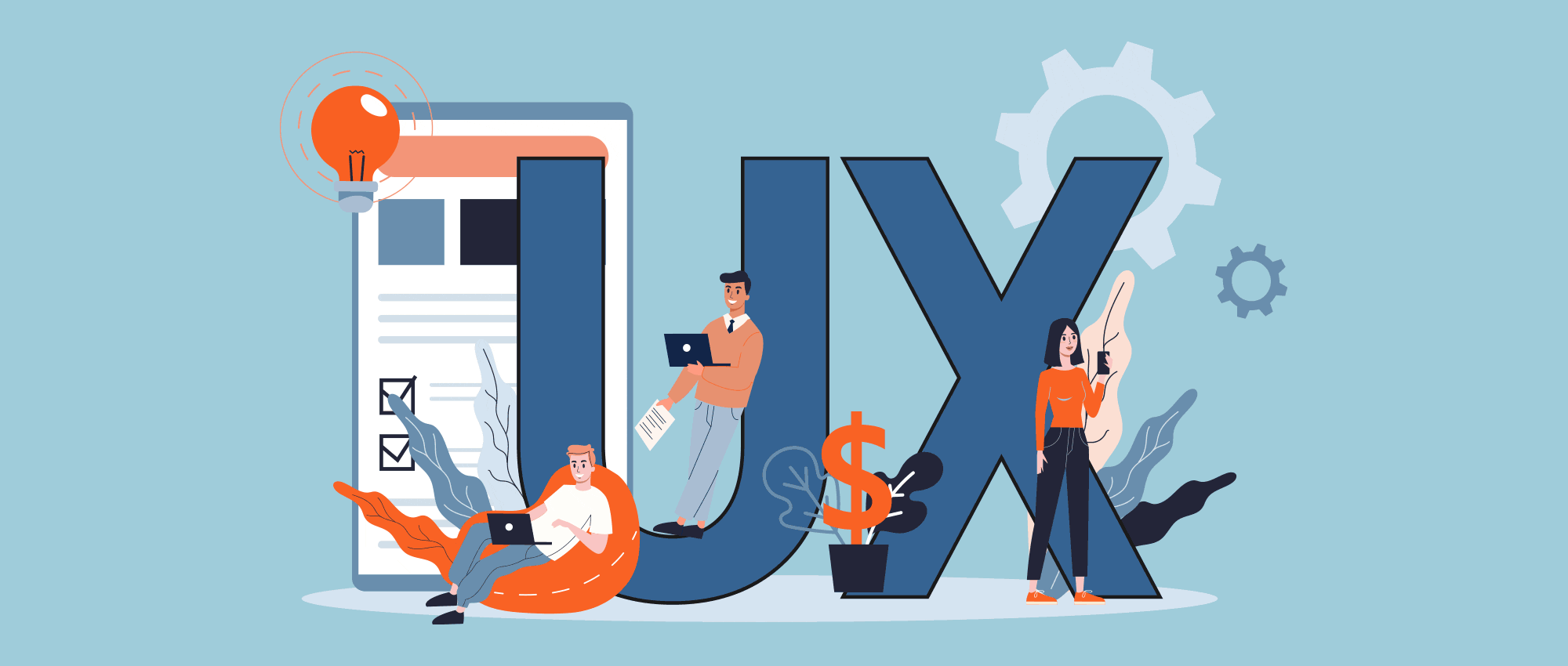Delivering an engaging User Experience
UX Design
User Experience Design – otherwise known as UX Design – is an integral part of our planning stages for any project.
We engage our clients in UX workshops, outlining the user journey and structure of the site prior to starting the UI/Design & development stages.
Our aim is to gain insight into the following:
- Who are your key users? (there may be multiple personas)
- What are your users expecting from your website? (their needs)
- Which tasks do you wish them to perform? (your needs)
For larger existing websites that require a fresh approach, we use data gathered from Google Analytics and tools such as Hotjar to inform the structure and flow of the website. Using this method we also offer Conversion Rate Optimisation services.
For new smaller projects, we use our extensive experience to guide our hands in planning the best user experience for your customers.
Website Wireframing Process
Design Sprints
Design sprints allow us to rapidly ideate a project. We start rough often working by hand and aim to get ideas onto paper and in front of the client to provoke dialogue.
Working in a cyclical process allows us to rapidly identify what works and what doesn’t. During these early stages, it’s easy to make big changes that would be costly later in the process.
Running a number of design sprints provides an affordable route to delivering user journeys that work along with the overall site and page structure.
The output of a UX Design Sprint will be a wireframe prototype developed in Figma or Adobe XD along with a specification document. These combined reduce ambiguity and provide clarity to all key stakeholders.
The key is to look at UX design workshops as an investment. Time spent here helps the design & development stages run smoothly, resulting in a pleasurable experience for everyone involved.
“We needed to overhaul and upgrade our old and unwieldy site. It was daunting for a small organisation like ours, but LWDA managed the process seamlessly. They took great care to understand our organisation and our aims, they implemented these expertly.“
Rachel Morely
Director
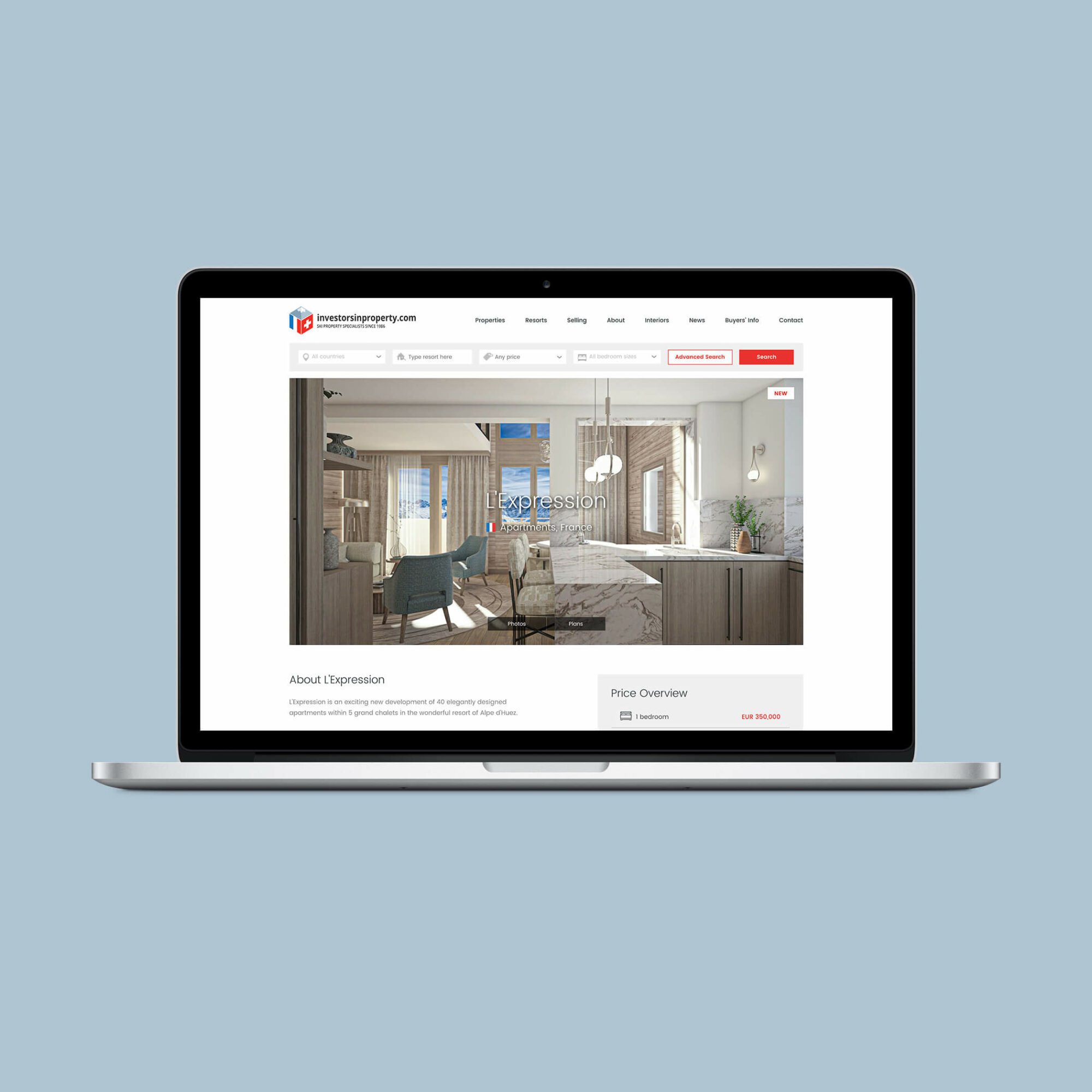
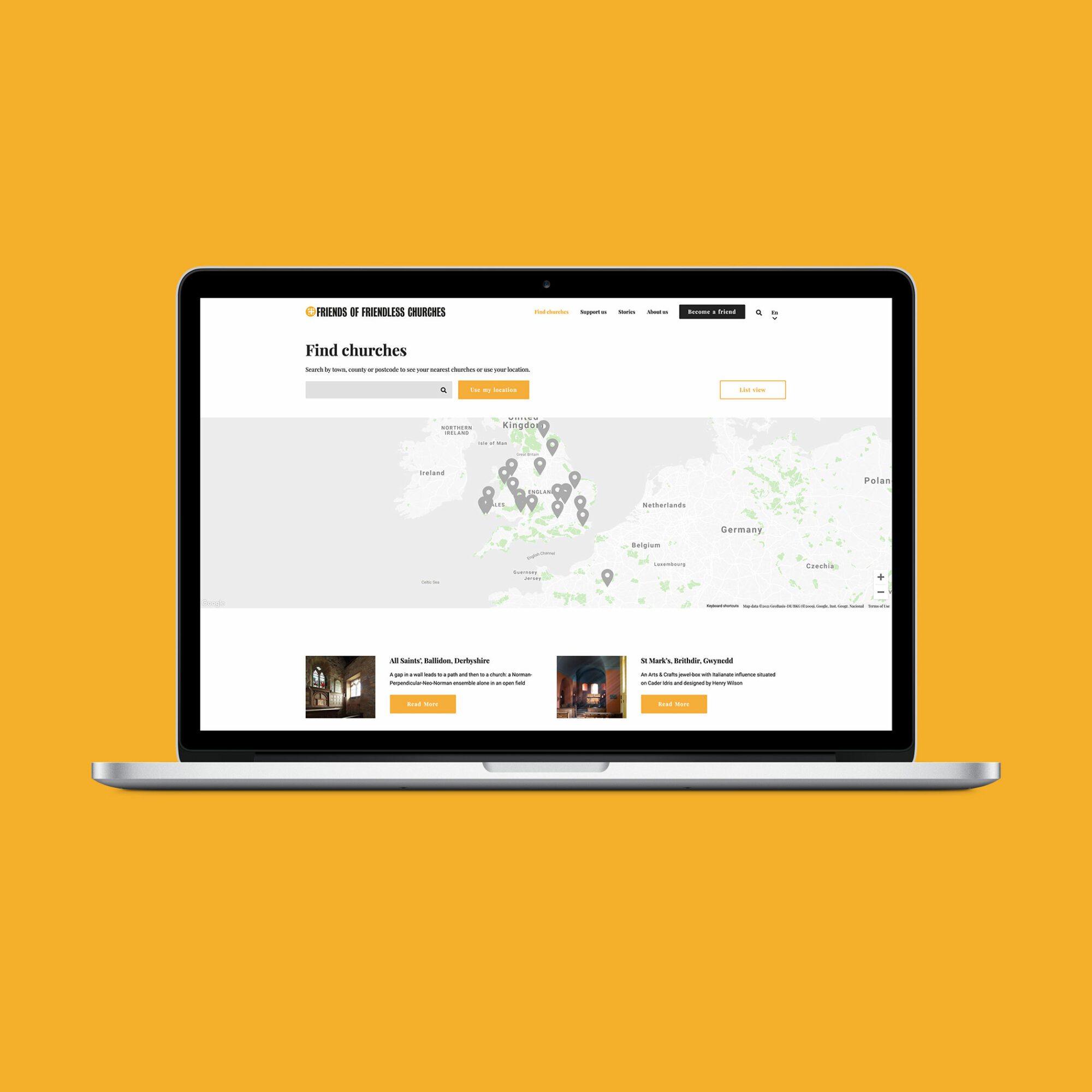
LIKE WHAT YOU SEE? GREAT!
Need to see more of our work?
You can see a selection of our most recent case studies highlighted below, each of which included substantial UX design planning.
FAQ: Top 5 Questions About UX (User Experience) Design
UX design focuses on enhancing the overall experience that users have when interacting with a product or service, such as a website, app, or physical product. It’s important because a positive user experience can lead to increased customer satisfaction, loyalty, and better business outcomes.
The core principles of UX design include:
- User-Centered Design: Putting the user’s needs and preferences at the forefront of the design process.
- Usability: Ensuring that the product is easy to use and navigate.
- Consistency: Maintaining uniformity in design elements and interactions throughout the product.
- Accessibility: Making the product accessible to all users, including those with disabilities.
- Feedback and Iteration: Collecting user feedback and continuously improving the design based on that feedback.
UX designers employ various methods and techniques, including:
- User Research: Conducting interviews, surveys, and observations to understand user needs and behaviours.
- User Personas: Creating fictional representations of typical users to guide design decisions.
- Information Architecture: Organizing content and structure to optimize user navigation.
- Wireframing and Prototyping: Creating visual representations of the product’s layout and functionality.
- Usability Testing: Evaluating the product’s usability by observing real users interacting with it.
UX design can have a significant impact on business outcomes by:
- Increasing Customer Satisfaction: Satisfied customers are more likely to become loyal customers and recommend your product or service to others.
- Reducing Costs: A well-designed user interface can reduce support requests and the need for costly design revisions.
- Improving Conversion Rates: A user-friendly interface can lead to higher conversion rates and increased revenue.
- Enhancing Brand Reputation: A positive user experience can enhance your brand’s reputation and trustworthiness.
- Driving User Engagement: Engaged users are more likely to spend more time on your platform and explore additional offerings.
To integrate UX design effectively, consider these steps:
- Understand Your Users: Start with thorough user research to understand their needs and pain points.
- Collaborate Cross-Functionally: Involve designers, developers, and stakeholders in the design process.
- Prioritize UX: Make UX a core part of your project’s objectives and allocate resources accordingly.
- Iterate and Test: Continuously collect user feedback and iterate on your design to improve the user experience.
- Invest in Training: Provide training for your team or hire experienced UX designers to lead your UX efforts.
By making UX design a priority and incorporating it into your organization’s culture, you can create products and services that resonate with users and drive business success.

